Frequently Asked Questions ( FAQ )
What is Prime or Virgin Plastic ?
Virgin plastic granules are small, uniform particles of raw, unprocessed plastic pellets, meaning they haven't been recycled or reused, ensuring high purity and quality for various industrial applications. Virgin plastic granules are the raw material for plastic products, produced from petrochemical or biomass feedstock and have never been used or processed before.
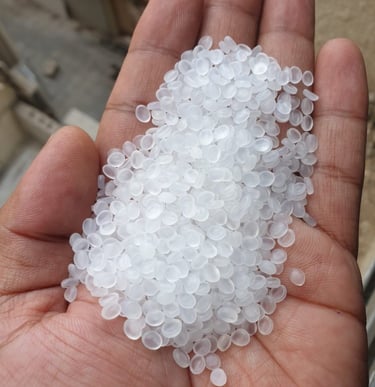

What is recycled Plastic ?
Recycled plastic granules are small pellets made from recycled plastic waste, serving as a sustainable raw material for producing new plastic products, offering environmental and economic benefits. Recycled plastic granules, also known as reprocessed plastic pellets, are produced by converting post-consumer or post-industrial plastic waste into small, uniform particles.
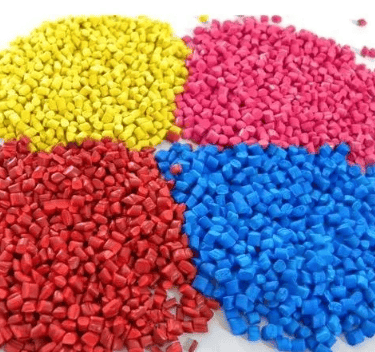

How plastic is recycled ? / How recycled plastic granules are made ?
1. Collection and Sorting:
Plastic waste is collected from homes, businesses, and recycling centers.
These materials are then sent to a Material Recovery Facility (MRF) or Plastic Recovery Facility (PRF) for sorting.
Sorting can be done manually or with automated equipment like optical sorters that identify different types of plastics.
Manual picking is used to remove large items and sort out any non-plastic materials.
Optical sorting machines use infrared measurements to identify plastic types.
2. Cleaning and Shredding:
Once sorted, the plastic waste is washed to remove any dirt, food residue, or other contaminants.
The cleaned plastic is then shredded into smaller pieces or flakes.
3. Melting and Pelletizing:
The shredded plastic is melted down in an extruder, and the melt is pressed through a filter to purify it.
The liquefied plastic is then cooled and processed into small pellets, also known as "nurdles".
4. Manufacturing New Products:
These recycled plastic pellets are then sold to manufacturers who use them to create new products.
These products can include things like clothing, containers, bins, and even infrastructure components.
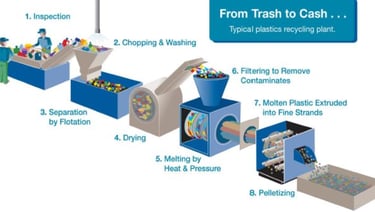

What is HDPE ?
High-Density Polyethylene (HDPE) is a widely used synthetic polymer derived from ethylene. It finds extensive application in packaging, construction and transportation due to its excellent strength-to-density ratio.
HDPE offers impressive strength, stiffness and resistance to chemicals, UV radiation and stress cracking. It excels in outdoor applications with its moisture resistance. Its durability and resistance to wear make it a versatile material.
HDPE’s versatility allows it to be molded into various shapes and sizes, used in piping, containers and automotive components. Its ease of processing and weldability enhance its popularity in infrastructure projects. However, HDPE may not match the strength of alternative polymers like polycarbonate and it has lower heat resistance. Its relatively low melting point can be challenging in specific applications.


What are the usage of HDPE ?
Some of the usage of HDPE are :
· Packaging : HDPE is commonly used to create packaging materials, such as bottles, containers and bags.
· Construction : HDPE is used in a variety of construction applications, including pipes, gutters and roofing membranes.
· Transportation : HDPE is used in the manufacture of automotive parts, such as fuel tanks and bumpers. It is also used to create parts for trains, buses and airplanes.
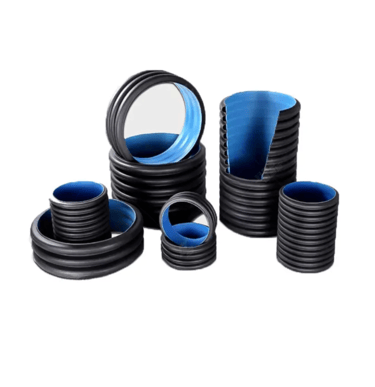

What is HDPE Raffia Grade?
HDPE raffia is a type of raffia that is made from high density polyethylene (HDPE), a synthetic polymer made from the monomer ethylene. HDPE raffia is known for its high strength, durability and resistance to UV radiation and environmental stress cracking. It is commonly used in a variety of applications, including packaging, agriculture and construction.
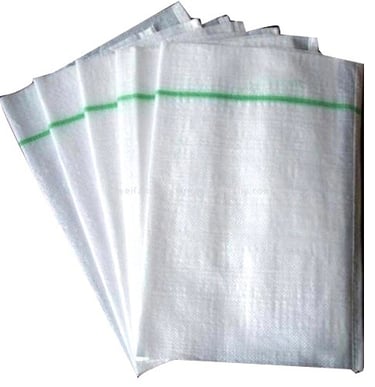

How HDPE Raffia products are made ?
To make raffia from HDPE raffia grade, the pellets are melted and extruded through a small, circular die to create thin strands of plastic. The strands are then cooled and collected on a spool or reel. The collected strands are then woven or braided together to create the finished raffia material.
In the packaging industry, HDPE raffia is often used to create bags, sacks and wrapping materials. It is also used in the agriculture industry to create twine, ropes and netting. In the construction industry, HDPE raffia is used to create reinforcing materials, such as geogrids and geotextiles.
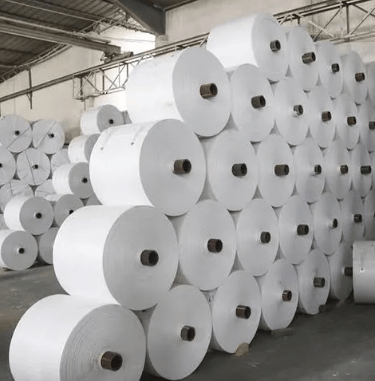

How HDPE pipes are made ?
HDPE pipe grade is a type of polyethylene (PE) plastic that is specifically designed for use in the construction of pipes. HDPE pipe grade is known for its high strength, toughness and resistance to chemicals and environmental stress cracking. It is also highly resistant to moisture and water absorption, making it an ideal choice for piping applications.
Pipes made from HDPE pipe grade are typically produced using the extrusion process, which involves melting the HDPE pipe grade resin and forcing it through a die to create a continuous tube of plastic. The tube of plastic is then cooled and cut into the desired length to create the finished pipe.
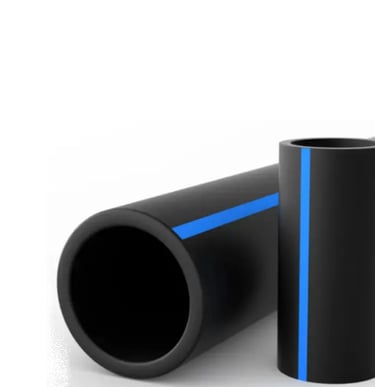

What are the varieties of HDPE pipes ?
There are several varieties of HDPE pipe grade, mainly:
· PE100 : PE100 is the highest-strength and most pressure-resistant grade of HDPE pipe grade. It is commonly used in high-pressure piping applications, such as water and gas pipelines.
· PE80 : PE80 is a lower-strength grade of HDPE pipe grade that is commonly used in medium-pressure piping applications, such as irrigation and sewer lines.
· PE63 : PE63 is a lower-strength grade of HDPE pipe grade that is commonly used in low-pressure piping applications, such as drainage systems.
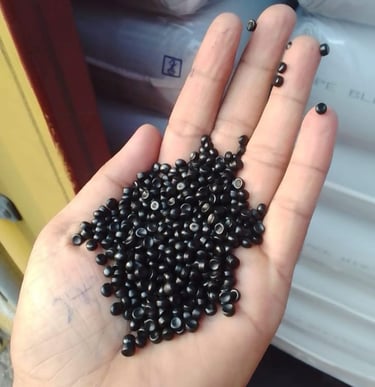

What are the applications of HDPE pipes?
HDPE pipe grade is used in a variety of applications, including:
· Water and sewage systems : HDPE pipe grade is commonly used to create pipes for water and sewage systems due to its high strength and resistance to chemicals and environmental stress cracking.
· Gas pipelines : HDPE pipe grade is used to create pipes for natural gas and propane pipelines due to its high pressure resistance and corrosion resistance.
· Mining : HDPE pipe grade is used in mining applications to create pipes for slurry transport and to contain hazardous materials.
· Agricultural irrigation : HDPE pipe grade is used to create pipes for agricultural irrigation systems due to its resistance to corrosion and UV radiation.
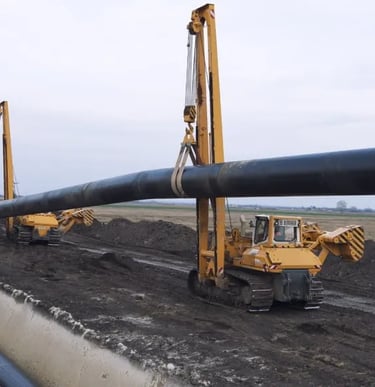

What is HDPE Blow Grade?
HDPE blow grade is a type of polyethylene (PE) plastic that is specifically designed for use in blow molding, a manufacturing process that involves blowing hot, molten plastic into a mold to create a specific shape.
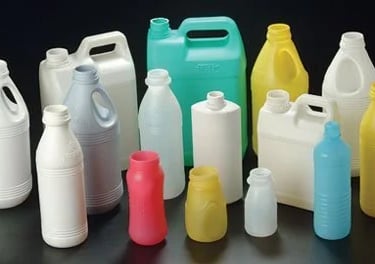

What are the applications of HDPE Blow Grade ?
Some common types of containers that can be made from HDPE blow grade include:
· Bottles : HDPE blow grade is commonly used to create bottles for a variety of products, including personal care products, household cleaners and food and beverages.
· Jars : HDPE blow grade is used to create jars for a variety of products, including food products, cosmetics and household items.
· Pails : HDPE blow grade is used to create pails for a variety of products, including chemicals, paints and adhesives.
· Drums : HDPE blow grade is used to create drums for the storage and transport of liquids and powders.
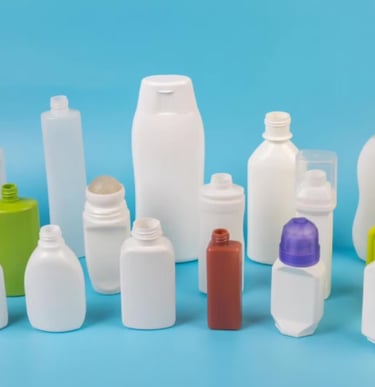

What is HDPE Film Grade ?
HDPE film grade is used in the production of thin, flexible films. Films made from HDPE film grade are typically produced using the extrusion process, which involves melting the HDPE film grade resin and forcing it through a die to create a continuous sheet of plastic. The sheet of plastic is then cooled and rolled onto a spool or reel for further processing or storage.
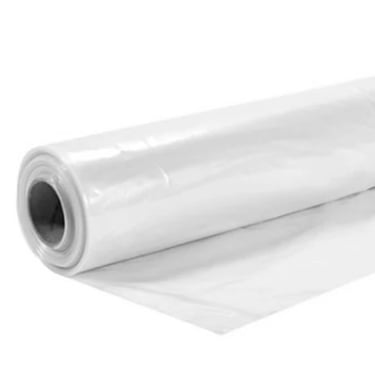

What are the applications of HDPE Film Grade ?
HDPE film grade is used in a variety of applications, including:
· Packaging : HDPE film grade is commonly used to create packaging materials, such as bags, wraps and sheets.
· Agriculture : HDPE film grade is used to create mulch films, which are placed over soil to retain moisture and prevent weeds from growing. It is also used to create greenhouse films, which are used to cover greenhouses to create a controlled environment for plant growth.
· Construction : HDPE film grade is used in the production of construction materials, such as vapor barriers and moisture barriers.
· Consumer goods : HDPE film grade is used in the production of a wide range of consumer goods, such as trash bags, sandbags and shopping bags.
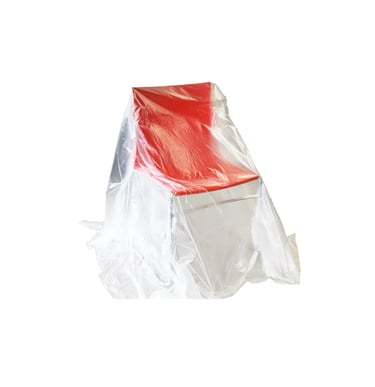

What is HDPE Molding Grade?
HDPE molding grade is used in the production of molded plastic products using injection molding machine.

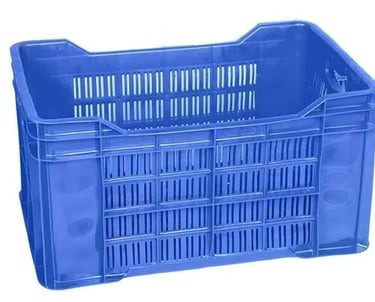
What are the varieties of HDPE Molding Grade?
There are several varieties of HDPE moulding grade, including:
· High strength HDPE molding grade that is commonly used in high-strength plastic products such as automotive parts, such as fuel tanks and bumpers and outdoor furniture.
· Medium strength HDPE molding grade that is commonly used in medium-strength plastic products, such as toys and household items.
· Lower strength HDPE molding grade that is commonly used in low-strength plastic products, such as disposable cups and containers.
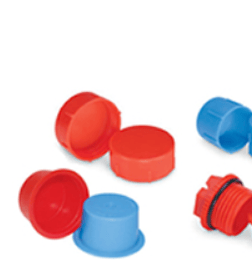

What is PP plastic ?
Polypropylene (PP), also known as polypropene, is a thermoplastic polymer used in a wide variety of applications. It is produced via chain-growth polymerization from the monomer propylene.
Polypropylene belongs to the group of polyolefins and is partially crystalline and non-polar. Its properties are similar to polyethylene, but it is slightly harder and more heat-resistant. It is a white, mechanically rugged material and has a high chemical resistance.[1]
Polypropylene is the second-most widely produced commodity plastic (after polyethylene).
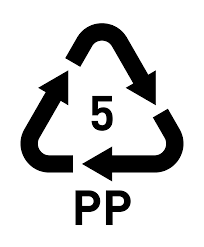

What are the usage and applications of PP ?
Here's a detailed breakdown of Polypropylene (PP), applications:
Packaging:
Flexible Packaging:
PP film is used to package food, clothing, and tobacco products, offering a robust and cost-effective alternative to paper and cellophane.
Rigid Packaging:
PP is used to create bottle caps, thin food containers, pallets, crates, and jars for various products.
Food Packaging:
PP is used for yogurt containers, hot beverage cups, and other food packaging applications.
Automotive Industry:
Interior and Exterior Components:
PP is used in manufacturing car batteries, bumpers, instrument panels, and interior elements.
Battery Cases:
PP's durability and resistance to wear and tear make it suitable for battery cases.
Textiles and Fabrics:
Clothing and Accessories: PP fibers are used in textiles for applications such as carpets, upholstery, and clothing.
Tote Bags: PP is used to create durable and waterproof tote bags.
Jewelry: PP's moldability and hypoallergenic nature make it suitable for creating jewelry.
Medical and Healthcare:
Medical Devices:
PP is used in the production of syringes, IV components, medical packaging, and laboratory equipment.
Sterilization:
PP's ability to withstand sterilization processes makes it suitable for medical applications.
Household and Consumer Goods:
Storage Containers:
PP is used for making storage containers, toys, kitchenware, and garden furniture.
Appliances:
PP is used in the manufacturing of various household appliances, such as washing machine parts and refrigerator components.
Consumer Products:
PP is used in a wide range of consumer products, including containers, plates, dishwasher pods, and microwaveable food containers.
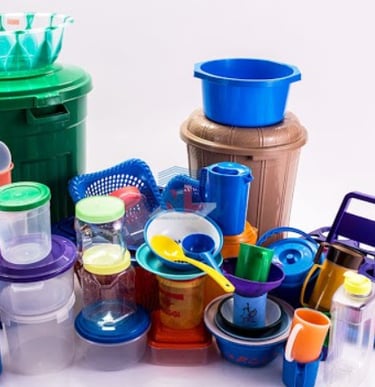

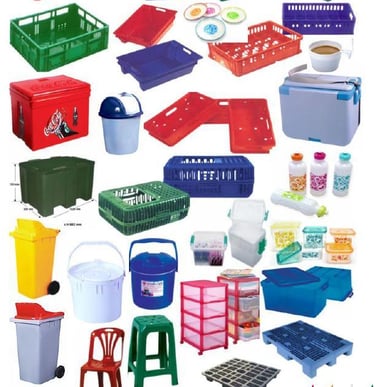

What is plastic MFI / MFR and why is it tested ?
MFI quantifies the mass of polymer (in grams) that flows through a specific capillary (die) in 10 minutes under controlled temperature and pressure.
How it's used:
Quality Control: MFI helps assess the consistency and quality of plastic materials, ensuring they meet specific requirements for processing and end-use applications.
Processability: A high MFI indicates a material that flows easily and is suitable for applications requiring rapid filling of molds or easy extrusion, while a low MFI suggests a material that flows more slowly and is better suited for applications where precise control of shape is needed.
Molecular Weight: MFI is an indirect measure of the average molecular weight of the polymer, with higher MFI values generally indicating lower molecular weight and vice versa.
Viscosity: MFI is inversely related to viscosity; higher MFI means lower viscosity.
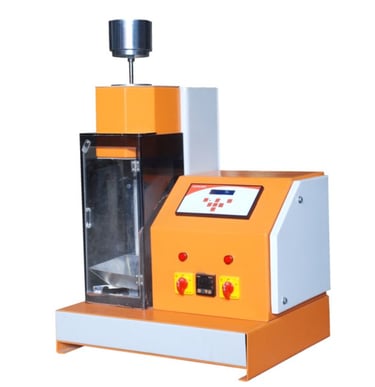

What is plastic density ?
Plastic density presents the total mass of the material divided by the total volume of the material. So, the density is 1 kilogram per cubic meter or 1 gram per cubic meter. The density of plastic varies greatly depending on the specific type, but generally ranges from around 0.9 to 1.4 grams per cubic centimeter (g/cm³).
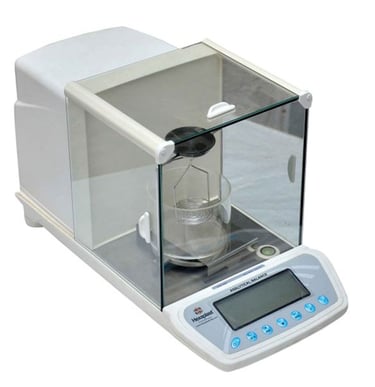

What is LDPE Plastic ?
LDPE stands for Low-Density Polyethylene, a flexible, lightweight, and durable thermoplastic polymer commonly used for packaging, bags, and various other applications due to its good chemical resistance and ease of processing.
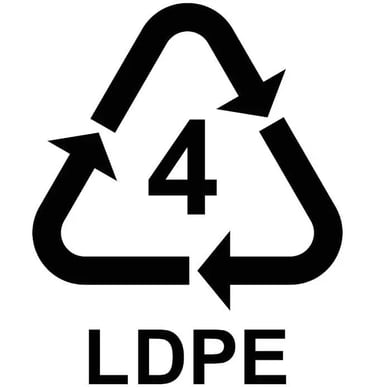

What are the advantages of LDPE ?
Low Density: As the name suggests, LDPE has a lower density compared to other types of polyethylene, like High-Density Polyethylene (HDPE).
Flexibility: LDPE is known for its flexibility and ability to be easily molded and shaped.
Durability: It is a durable material, resistant to impact, moisture, and chemicals.
Chemical Resistance: LDPE exhibits good chemical resistance, making it suitable for various applications.


What are the advantages of LDPE ?
Low Density: As the name suggests, LDPE has a lower density compared to other types of polyethylene, like High-Density Polyethylene (HDPE).
Flexibility: LDPE is known for its flexibility and ability to be easily molded and shaped.
Durability: It is a durable material, resistant to impact, moisture, and chemicals.
Chemical Resistance: LDPE exhibits good chemical resistance, making it suitable for various applications.


What are the usage / applications of LDPE ?
Here's a more detailed breakdown of LDPE's uses:
Packaging:
Plastic bags (grocery, trash, etc.)
Shrink wrap
Food storage containers
Coating for paper milk cartons
Bubble wrap
Six-pack rings
Freezer bags
Cling film
Bakery packaging
Other Products:
Squeeze bottles
Trash can liners
Tubing
Plastic parts for computer components
Molded laboratory equipment
Trays and general-purpose containers
Liner inside beverage cartons
Corrosion-resistant work surfaces
Sandwich and bread bags
Garbage bags
Grocery bags
Beverage cups
Construction:
Vapor barrier
Covering building materials to protect them from the elements
Electrical:
Dielectric for coaxial cables
High voltage applications

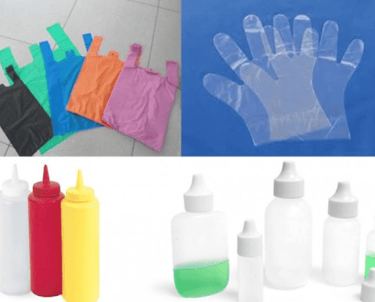
What is LLDPE plastic ?
LLDPE (Linear Low-Density Polyethylene) is a type of plastic, a member of the polyethylene family, known for its flexibility, durability, and resistance to tears and punctures, often used in packaging films and bags.


What are the usage / applications of LLDPE ?
The usage and applications of LLDPE (Linear Low-Density Polyethylene) are:
Packaging:
Food and Non-Food Packaging:
LLDPE is a common choice for films used in packaging a variety of items, including food, beverages, and other goods.
Stretch and Shrink Films:
Its flexibility and strength make it suitable for stretch wrapping pallets and shrink wrapping products for transport and storage.
Bags:
LLDPE is used in making grocery bags, trash bags, and other types of plastic bags.
Household and Industrial Products:
Containers and Lids:
LLDPE is used for making containers, lids, and other storage solutions for food and other items.
Toys:
LLDPE's durability and flexibility make it a suitable material for manufacturing toys.
Pipes and Tubing:
LLDPE is used in pipes for water, air, and chemical transport, as well as for flexible tubing applications.
Buckets and Bins:
LLDPE is used in making buckets, bins, and other containers for various applications.
Other Products:
LLDPE is also used in manufacturing products like garden tools, planters, heavy-duty sacks, and playground equipment.
Other Applications:
Electrical Applications:
LLDPE can be used as insulation for electrical cables and wire coatings, providing protection against moisture and environmental factors.
Automotive:
LLDPE is used in automotive applications such as bumper fascias, interior door panels, and underbody coatings.
Agricultural:
LLDPE is used in agricultural applications like greenhouse films, mulch films, irrigation pipes, and silage bags.
Geomembranes:
LLDPE can be used to create geomembranes, which are waterproof barriers used in various applications.


What is PVC plastic ?
PVC, or polyvinyl chloride, is a versatile thermoplastic polymer, also known as vinyl, produced through the polymerization of vinyl chloride monomer, used in a wide variety of applications like pipes, flooring, and insulation.
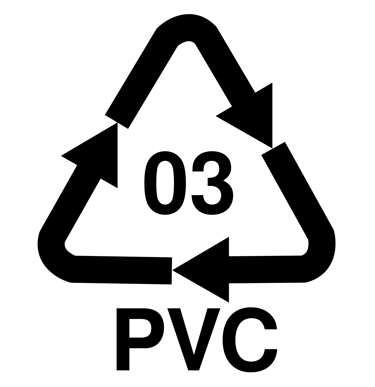

What are the usage / applications of PVC ?
Usage and applicaitons of PVC are :
Medical: Medical devices, blood bags, and tubing.
Other products: Floor tile, garden hose, imitation leather upholstery, and shower curtains.
Electronics: Wire and cable insulation.
Automotive: Windshield system components.
Construction: Pipes, siding, window frames, and door frames.
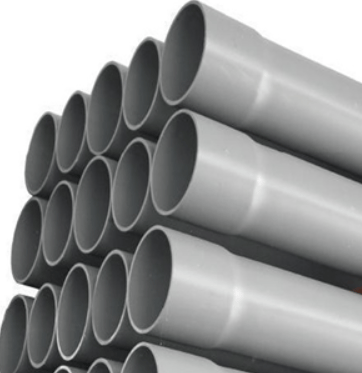

What is PET Plastic ?
PET, or polyethylene terephthalate, is a common type of plastic, a form of polyester, known for its strength, transparency, and recyclability, commonly used in food and beverage packaging like water and soda bottles.

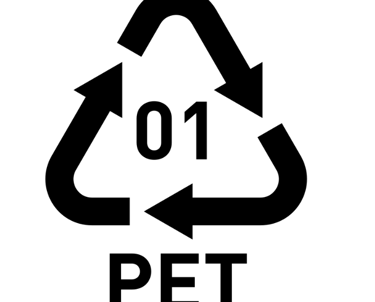
What are the usage / applications of PET Plastic ?
Packaging: PET is widely used for packaging food and beverages, especially carbonated drinks, juices, and water bottles.
Fibers: It's also used to create fibers for clothing and other textiles.
Other applications: PET can be used in films for thermoforming, in combination with glass fiber for engineering resins, and for various other manufacturing processes.

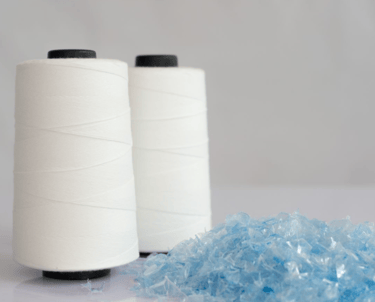
Quick Links:
Global Operations Head: +91 9669292786
Sales/Marketing: +91 771909404
© Copyright 2025 Sunshine Global Trade
PP COPOLYMERS GRANULES
PP HOMOPOLYMER GRANULES
PP IMPORTED VIRGIN GRANULES
BOROUGE PP GRANULES
SABIC PP GRANULES
PP RAW MATERIAL
Contact / WhatsApp No.:
Write us at:
PP VIRGIN GRANULES
PP RECYCLED GRANULES
PP OFF GRADE GRANULES
PP REGRIND
PP SCRAP
PP INJECTION MOLDING GRANULES
